In a recent post, I talked about how to reduce overwhelm and the questions to ask yourself to see if your obligations and daily tasks are in line with what you want (remember the “not-to-do list”? :-))
Today, I’d like to give you three super simple strategies I’ve learned from Michael Hyatt a couple of years ago on how to gracefully say NO. Yup, learning how to say NO is the little simple word that can make all the difference…
I’ve been using these strategies for a few years now and I keep being surprised how well people react to my No’s. It’s been making the No-Saying so much easier and I hope this little snippet of information will be similarly powerful to you as well!
First, it’s super important that you understand the trade-off concept. We have to fully acknowledge that saying yes or saying no is always a trade-off.
Saying yes to a long workday means saying no to dinner with your family. Yup, you just made a trade.
Once you realize that every yes includes a no, potentially to something greater and more important, it becomes much easier to make those tough calls.
Ok, now, let’s get to the two simple strategies to implement that will help you with graceful No-Saying:
1. Let your calendar say No:
Block time on your calendar for your desires and activities and your greatest priorities first. That way, when someone makes a request for your time, you can simply say that you already have another commitment. And you do. Everyone understands that.
2. Adopt a strategy for responding to these requests:
Working out your strategy in advance will make it so much easier to follow through in the moment. If you’re like me, it’s easy to succumb to pressure if you haven’t predetermined how you’ll respond. I use a concept called the “positive No”, or yes-no-yes strategy.
- The positive no actually begins with yes, saying yes to yourself and protecting what is important to you while affirming the other person who made the request. Don’t make them feel ashamed for having asked.
- Then you move from a yes to a no, and it continues with a matter-of-fact no that sets clear boundaries.
- Then it ends with a yes. A positive no ends with a yes that affirms the relationship and offers another solution to the person’s request.
Sounds complicated? Let me give you an example to show you how super simple this is.
For example, someone asks if I’m interested in joining a mastermind group. In that case, my response could look something like this:
- Yes: “Congratulations. It looks like you’ve built an amazing mastermind group. I’m impressed with the group you’ve built!”
- No: “Unfortunately, due to my existing group commitments, I’m not able to participate in a new mastermind and to give it the attention it deserves. Therefore, I must decline.”
- Yes: However, if you find someone within my network on LinkedIn you’d like to reach out to, I’m happy to make an introduction”
Sounds pretty nice, right? People typically respond very positively as everyone understands that life is busy and we all have to set priorities.
PS: If you have a friend who seems a tad too busy and should hear this, please forward it on. Sometimes it’s an outside perspective or even just one sentence that can initiate change.

